Park Slope’s burger scene expands yet again with a new gastropub on 5th Avenue, and a new juice bar comes to 7th Avenue.
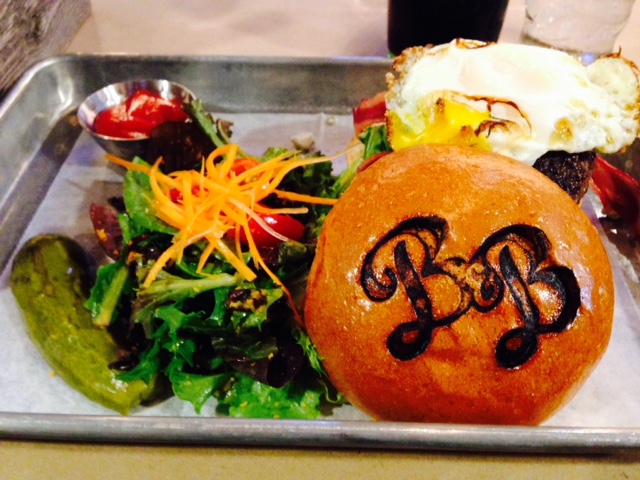
259 5th Avenue, Brooklyn, NY 11215 | (718) 788 – 1458 | sherry@burgersandbeer.nyc
As the name suggests, this gastropub’s bread and butter is burgers and beer. You can create your own burger and select all possible combinations among toppings, patty, sauce, cheese, and bun. If you want to try something specific, opt for one of their signature burgers. (We’d suggest the Blue Moon, although you can’t go wrong with any of them) If you aren’t in the mood for a whole burger, however, they do have typical pub fare like sliders, hot wings, and pretzels.
Let’s not forget the other key part of Brooklyn B&B–beer! B&B has plenty of craft beers on hand. In the event that you aren’t a beer person, however, there are also specialty cocktails available.
The ambiance of the restaurant has a warm “mom and pop” feel, with friendly staff who are attentive to their customers. The bar features four televisions, which is perfect for any important sporting events that may or may not be coming up soon (Ready for the USA to play in the Women’s World Cup Final this Sunday? Hint. Hint.)

72 7th Avenue, Brooklyn, NY 11217 | (718) 230 – 3080 | bo@myurbanwellness.com
Although the store opened in March, Urban Wellness, a vitamin and nutritional supplement store, has added something new to their establishment: a juice bar. That said, Urban Wellness does more than organic juices and nutritional supplements. They also have food made-to-order, most of which has vitamins mixed into the dish. From wraps, salads, dips, pudding, mousse, avocado toast, and homemade energy bars, Urban Wellness seeks to create a variety of foods which will best serve their customers’ needs. If the pudding and mousse don’t satisfy your sweet tooth, they are currently doing a trial run with their new ice cream. Stop by the store and ask for a sample!
Nutritional experts are available onsite to suggest which products would be best for clients’ ailments–be it food, drinks, supplements, or ointments. Too anxious? Can’t sleep? Too lethargic? Urban Wellness will find what’s best for you.
TIP: Go to the store between now and Monday (July 6th)–everything on the shelves is 50 percent off! Go now to take advantage of this great offer!






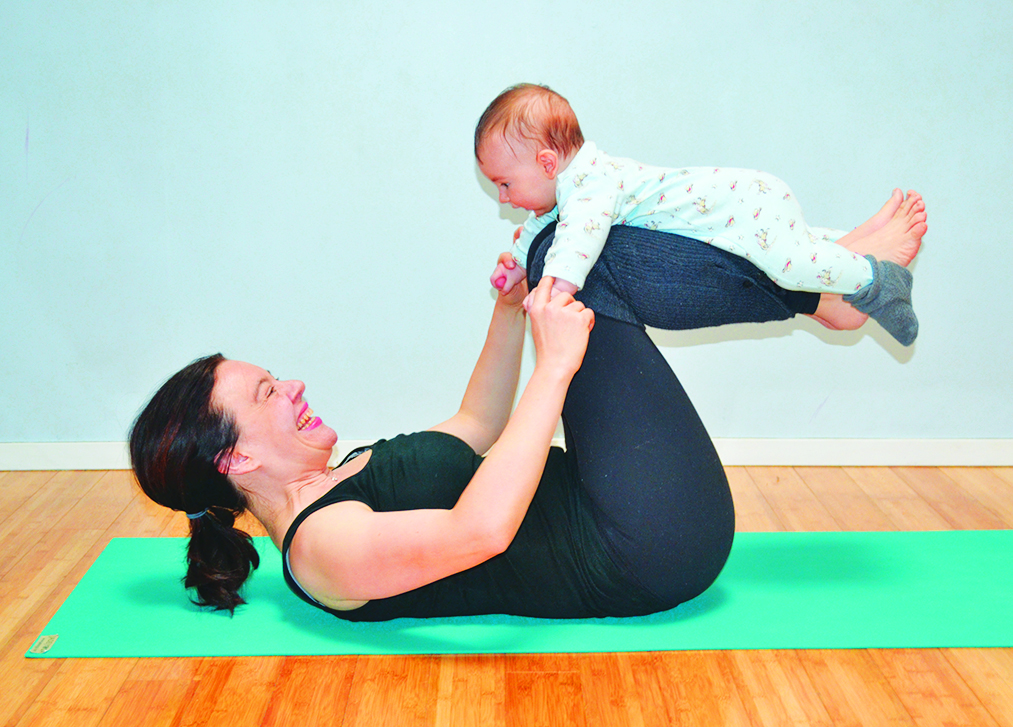
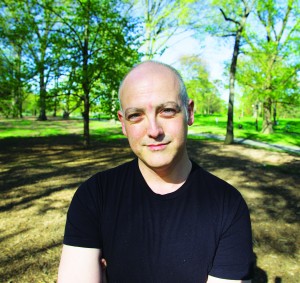 Matt Zoller Seitz is the Editor-in-Chief of RogerEbert.com, the TV critic for New York Magazine and Vulture.com, a finalist for the Pulitzer Prize in criticism, and the author of multiple books about the life and films of Wes Anderson. That last part is the most important for the purposes of this interview, for which he was kind enough to speak with Park Slope Reader. 2013 brought the first The Wes Anderson Collection, which celebrates and analyzes all seven of Wes’ films that were released up to that point. This February, The Wes Anderson Collection: The Grand Budapest Hotel followed as a second volume focusing on only Anderson’s most recent film. Here, Seitz talks about the differences between the two books, the fun of elaborate footnotes, and the surprise expense of novelty trinkets.
Matt Zoller Seitz is the Editor-in-Chief of RogerEbert.com, the TV critic for New York Magazine and Vulture.com, a finalist for the Pulitzer Prize in criticism, and the author of multiple books about the life and films of Wes Anderson. That last part is the most important for the purposes of this interview, for which he was kind enough to speak with Park Slope Reader. 2013 brought the first The Wes Anderson Collection, which celebrates and analyzes all seven of Wes’ films that were released up to that point. This February, The Wes Anderson Collection: The Grand Budapest Hotel followed as a second volume focusing on only Anderson’s most recent film. Here, Seitz talks about the differences between the two books, the fun of elaborate footnotes, and the surprise expense of novelty trinkets.
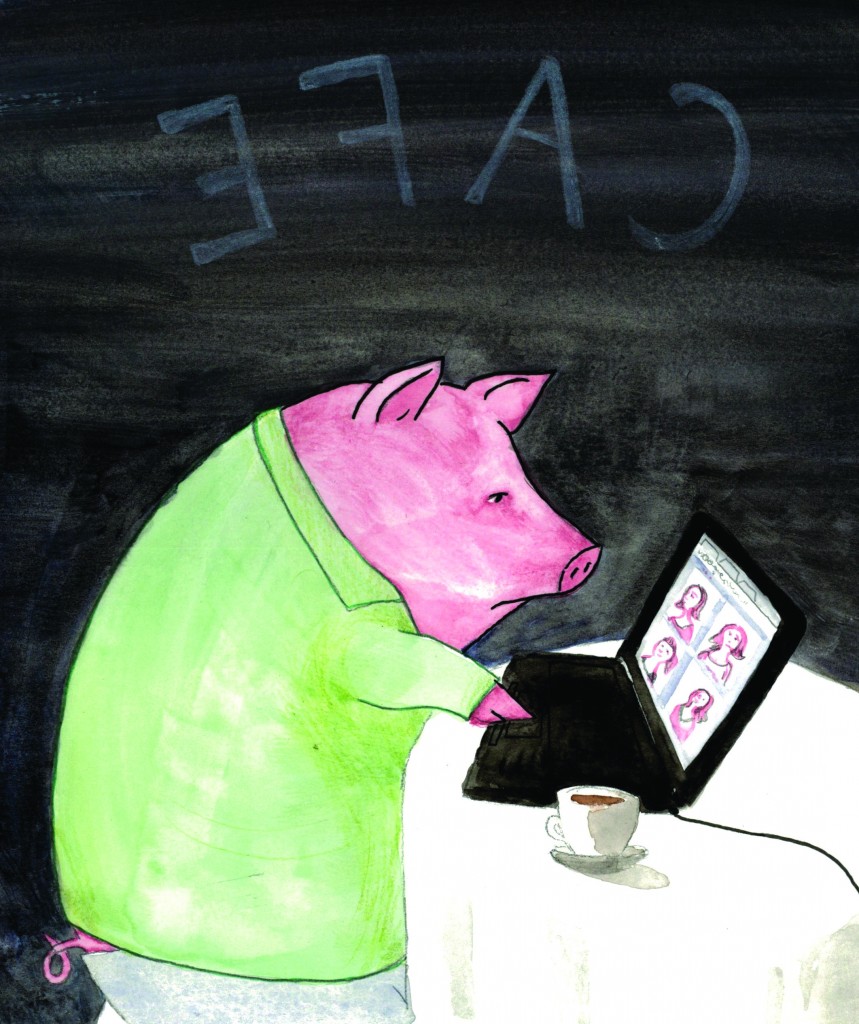
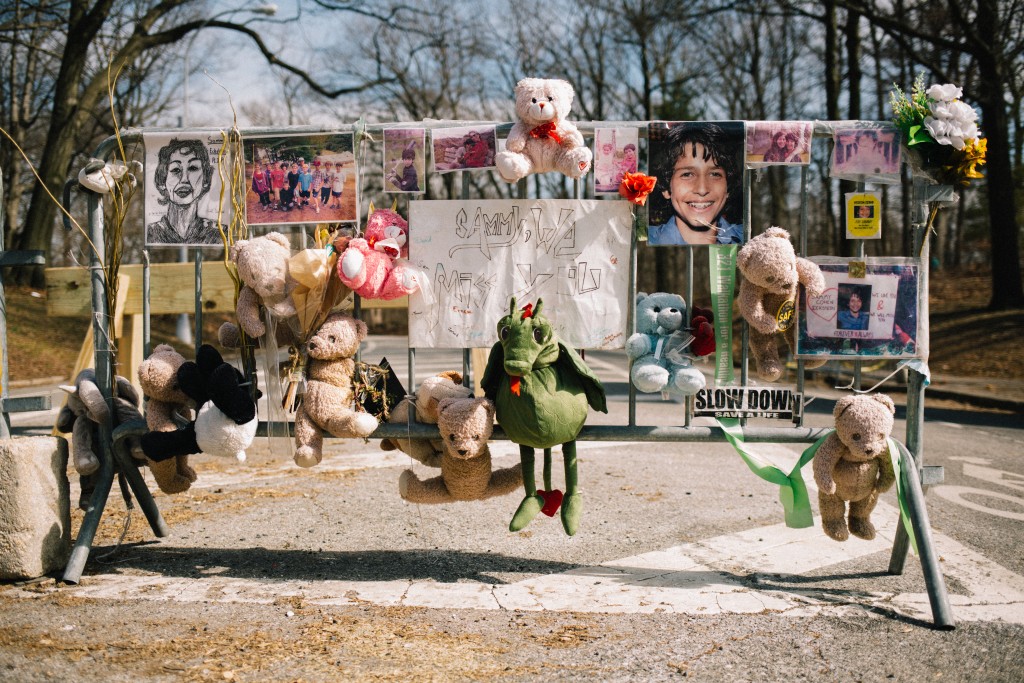
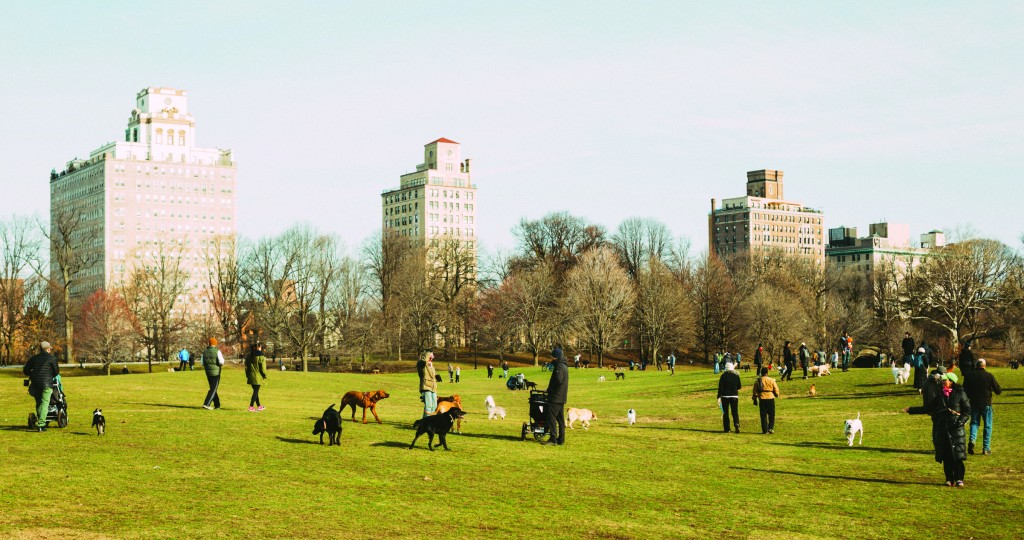
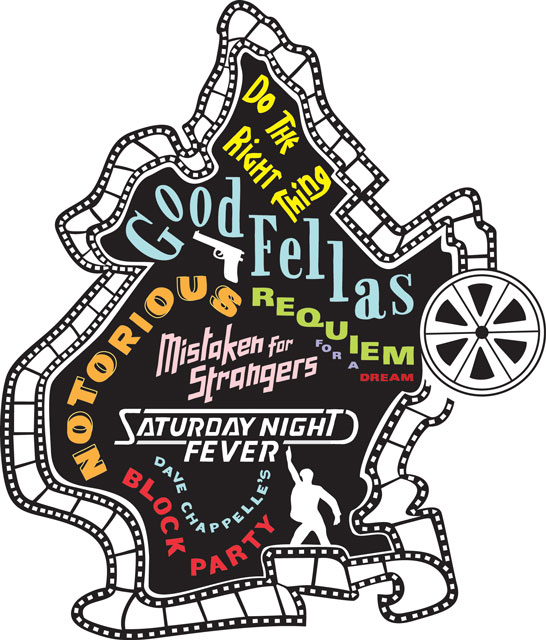 Think about your favorite movies; now think about the music in them. In some cases, it’s almost impossible to separate the movie from the soundtrack; it’s so intertwined with the plot. Not only do they provide mood and context, they ensure that the film appeals to an additional sense. Music can make a memorable scene iconic.
Think about your favorite movies; now think about the music in them. In some cases, it’s almost impossible to separate the movie from the soundtrack; it’s so intertwined with the plot. Not only do they provide mood and context, they ensure that the film appeals to an additional sense. Music can make a memorable scene iconic.